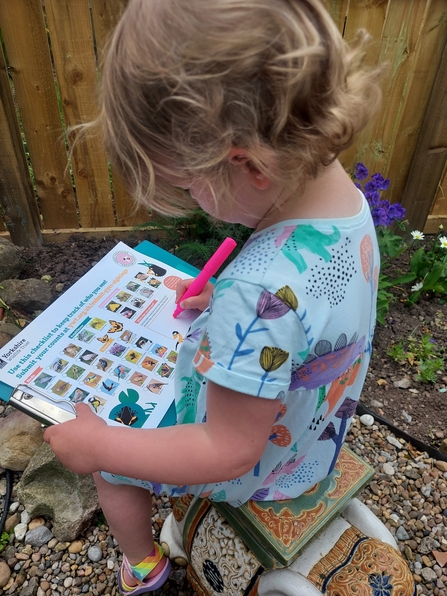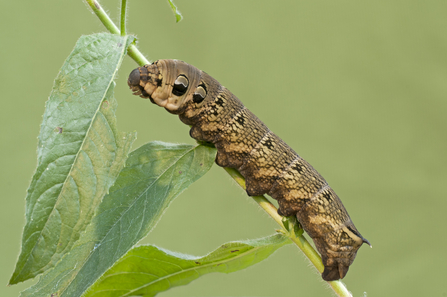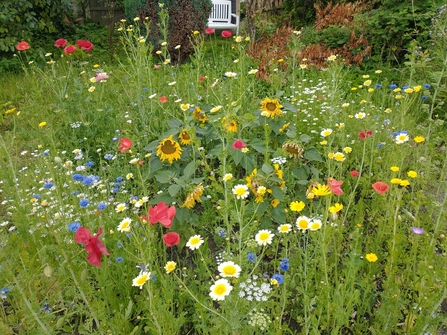As a landscape garden designer, I’ve learnt the secret to a successful and easy to manage garden that both attracts lots of wildlife and looks beautiful.
Rather than heading to the garden centre to splurge cash on random plants, it comes down to a simple bit of planning. And best yet, I know that everyone can do this at home with a few simple steps that happen to be fun for the whole family.





